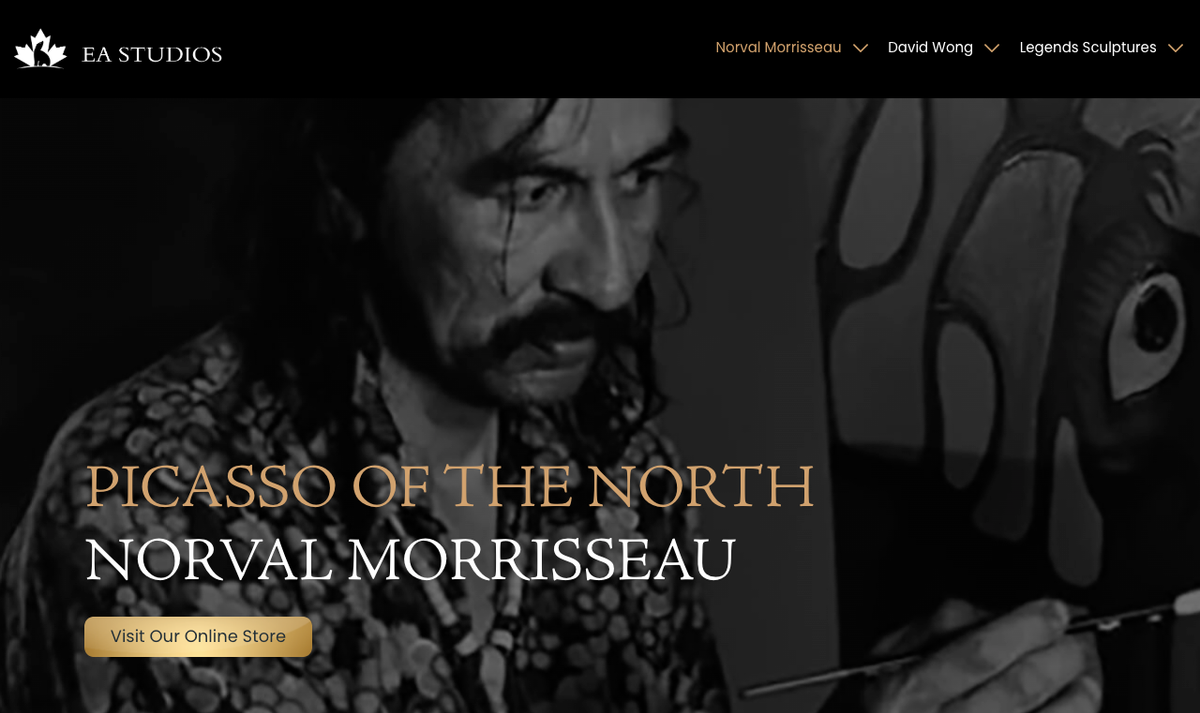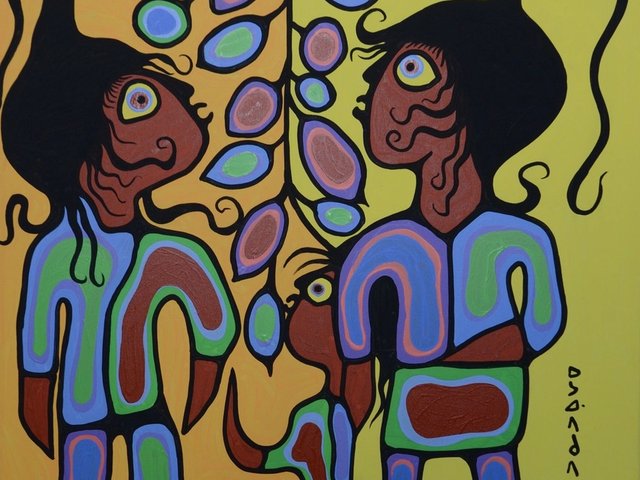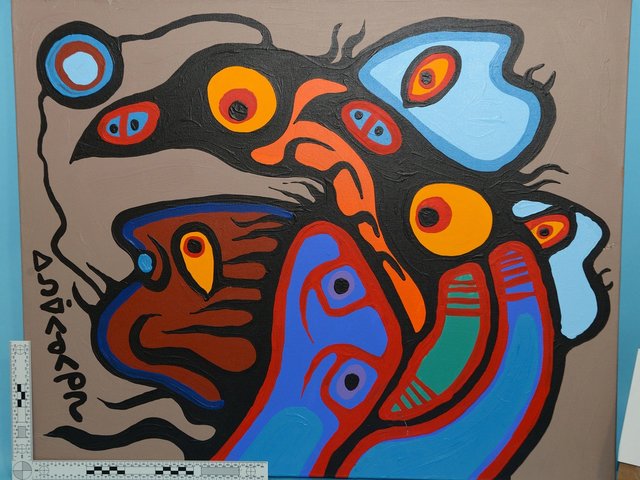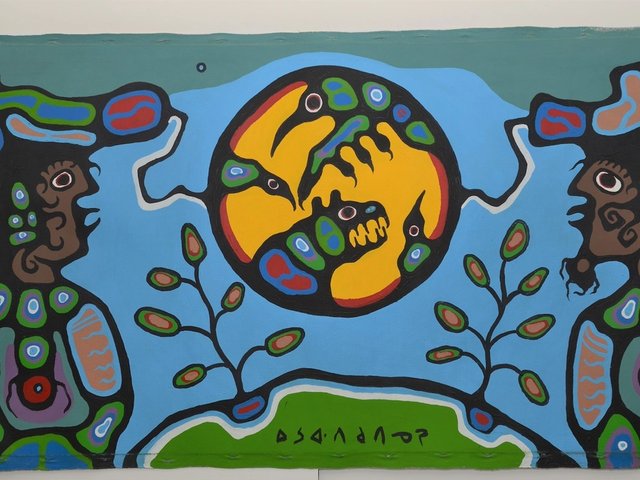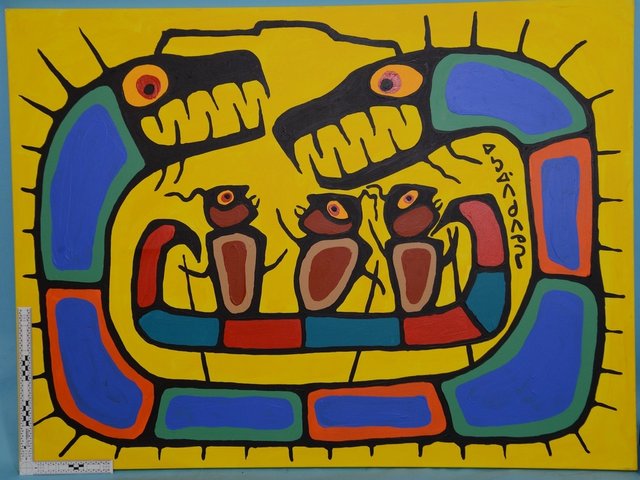Forgery scandals surrounding the work of Norval Morrisseau (1932-2007) continue with a lawsuit against the artist’s estate claiming it misleadingly implied that a Calgary gallery was peddling fakes. EA Studios filed its defamation and breach-of-contract suit against Morrisseau’s estate and its director, Cory Dingle, earlier this month in Alberta’s Superior Trial Court.
The gallery alleges that representatives of Morrisseau’s estate made statements to art collectors implying that the gallery "is, generally, an unethical organisation of low moral character that sells inferior and possibly fake artworks that were obtained through an abusive, and possibly criminal, exploitation of a vulnerable Indigenous artist", according to the complaint.
EA Studios further claims that it had an agreement with the estate to reassure potential buyers of its paintings’ authenticity for a commission of 10% of the purchase price. Instead, the gallery argues, the estate did the opposite. According to the filing: "Dingle and/or the alleged estate failed to reassure the plaintiff's potential clients of the value and authenticity of the plaintiff's works, and instead falsely disparaged the plaintiff and then tried to, or did, convince said potential clients to purchase works from Dingle and/or the alleged estate.”
The suit goes on to recount how EA Studios went so far as to hire two private investigators in October of last year to pose as collectors and approach Morrisseau’s estate to verify the authenticity of some of the gallery’s works. According to the CBC’s Michelle Allan, the gallery says its undercover agents had two calls with Dingle, who allegedly made defamatory statements against the gallery. EA Studios holds that its works are genuine, that it has sold the artist’s works since the 1980s and that the gallery’s founder was a friend of Morrisseau’s. The gallery is seeking C$1.45m ($1m) in damages.
Morrisseau, a member of the Ojibway Bingwi Neyaashi Anishinaabek First Nation, is one of Canada’s most beloved artists. He was the founder of the Woodlands School art movement, drawing on both Indigenous cosmology and Western modernism in his colourful paintings. Marc Chagall famously called him the “Picasso of the North”.
Towards the end of his life, Morrisseau became aware of a market for forged works being marketed and sold as his own—but it was not until after his death that the overwhelming scope of the fraud was uncovered. The case of the fake Morrisseaus circulating in the art market came to the fore in 2019, when a documentary film was released devoted to the topic. There Are No Fakes—which began its story with a lawsuit filed by a member of the Canadian rock band Barenaked Ladies against a Toronto gallery that sold him a fake Morrisseau—found that as many as 3,000 forgeries were still out there. In other words, there were ten times more forged Morrisseaus than real ones.
Inside the 'biggest art fraud in history': what the alleged mass forgery tells us about the market for First Nations art in Canada
With a new public interest in the case, the Canadian authorities launched a probe, later dubbing the case “the biggest art fraud in world history”. In 2023, they seized more than 1,000 forgeries and arrested eight people, including a relative of Morrisseau’s, who had been making and selling fakes for more than 20 years—at times using forced child labour. Two of the ringleaders were each eventually sentenced to five years in prison.
Unrelated to the forgery ring, just last month what appeared to be a genuine Morrisseau painting was found in a recycling bin in Victoria, British Columbia. A catalogue raisonné of Morrisseau’s works has yet to be completed.


